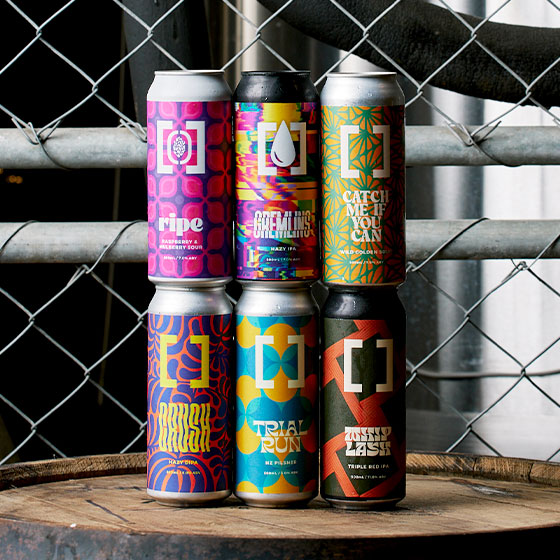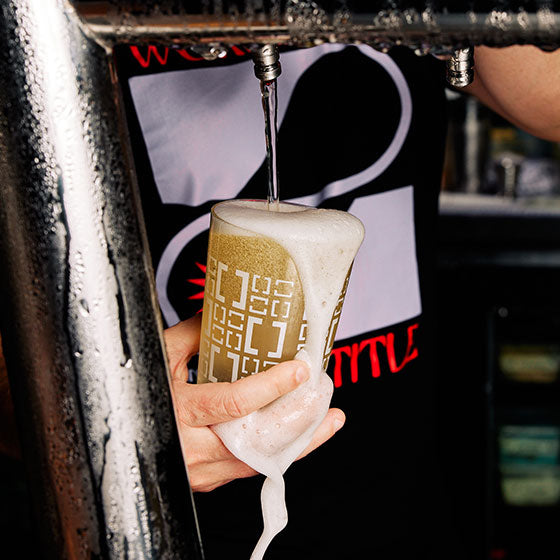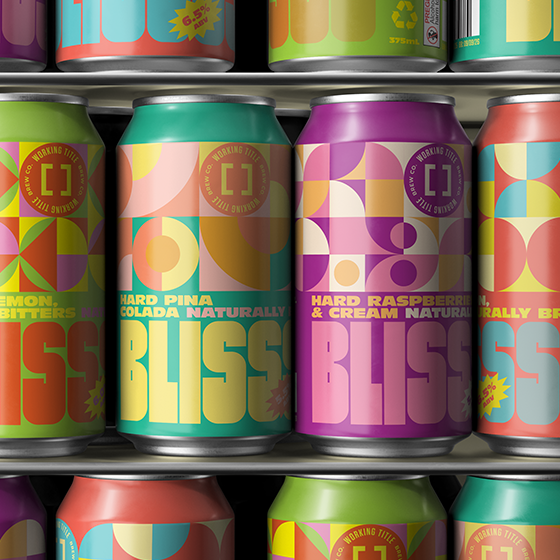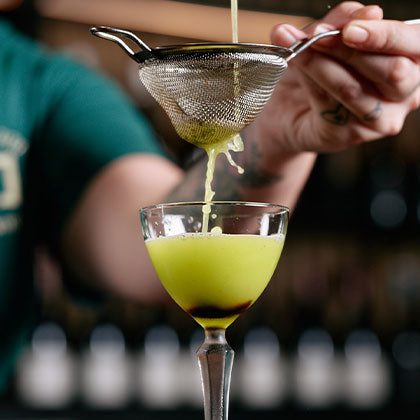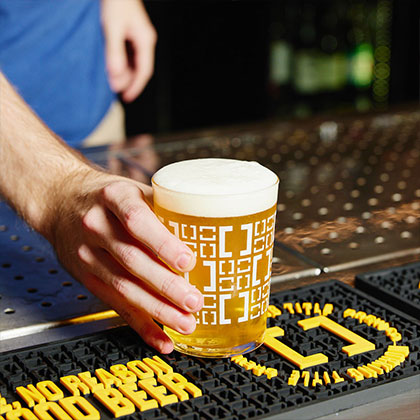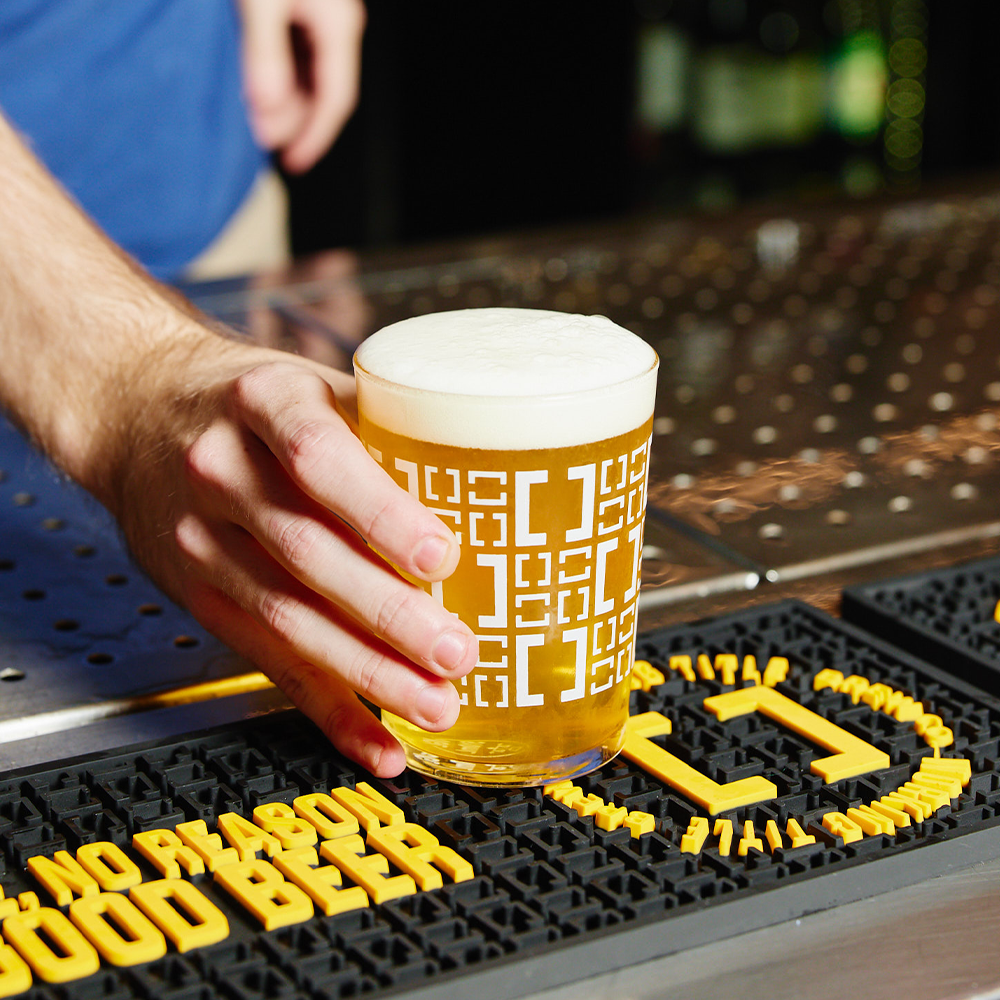Butterscotch, buttery, caramel, microwave popcorn. Sounds good right? Wrong! Diacetyl, the compound that gives these flavours, is perhaps the second most common “fault” I see in beer in Australia.
One of a family of chemicals called vicinal diketones (you might see it referred to as VDK), diacetyl arises through normal fermentation. The precursor to diacetyl, which is flavourless, is produced by yeast early in fermentation. This precursor is spontaneously oxidised (decarboxylated) to diacetyl. At the end of fermentation, active yeast can convert diacetyl to metabolites that don’t affect flavour. And the brewer looked on their creation and rested, for all was well.
So diacetyl predominately arises in your mouth hole when there was a lot of precursor in the chilled product, which was not converted to diacetyl. A brewer may have tasted the product on pack day, and it was delicious and fault free. Then the product hit a can, with an ever so slight ingress of oxygen. And bam, a little “can o Werther’s Original” is what you got. And because there was little active yeast left, there was really nothing to be done but sell the beer to unwitting consumers.
And so we use a little bench top test that helps us identify the presence of precursor. See, you can force the conversion of precursor to diacetyl at warm temperatures (40-60oC) in a short period of time (<1hr). So we take a tank sample of warm beer (before chilling) and heat it to 60oC for 30minutes. We then cool the sample and smell it, often with a tank sample for comparison. If there was any precursor, you will be able to detect the diacetyl. Humans are a very sensitive (but mostly cheap) sensory detector.
Today we had a beer finish primary fermentation, being 48hrs at constant gravity and pH. But before cooling, we check the VDK test, just to be sure. When it fails, we leave the beer for a further 24hrs and check again. This test has helped me many times in the past, where I almost chilled beer too early. Never rush good beer.
Of course, VDK can also arise from Hop Creep, but that’s a story for another Wednesday.

